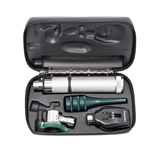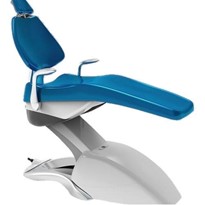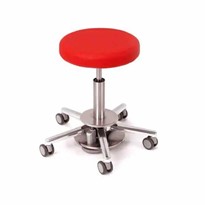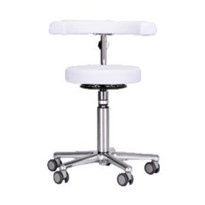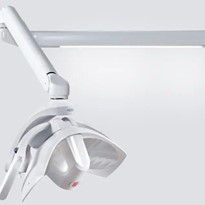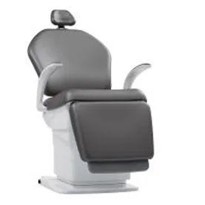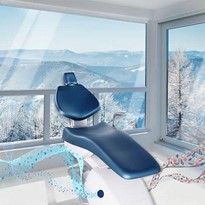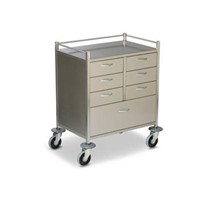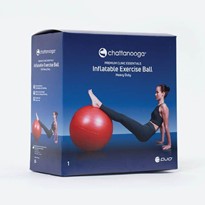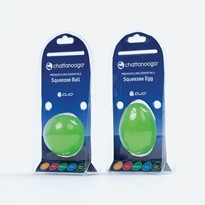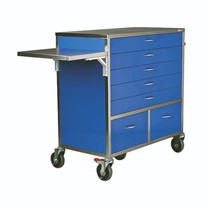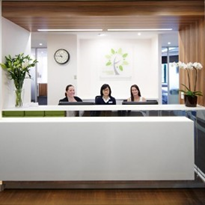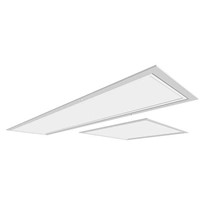Space is telling:
Ambulatory space is a powerful means of communication: when it is well designed, it serves to enhance the image of the practice and makes it more consistent with patient expectations.
However, it has the opposite effect when it is not cared for: the patient may have the best expectations towards a professional, but if they are received in an inadequate space, their overall experience will not be positive.
This is why it is important to carefully attend to the design and layout of outpatient clinics.
Functional layout
The first study that needs to be done is the so-called functional layout, which must be the driver of all design.
How should the workflow be within the outpatient clinic? How do doctors, operators, and patients move through the space?
Not taking care of this in-depth consideration, in all medical areas, from outpatient clinics to reception to waiting areas, generates incredible dispersion.
Medical clinics are often characterized by a number of furnishing elements, surrounding the medical chair, that complicate the delivery of treatments under the best conditions. Chairs, carts and equipment can make the space difficult to use and certainly uncomfortable.
When approaching the design of this area, one must be directed by the ergonomics of the doctor and patient, because only that can allow the practitioner to work at his best and the patient to receive treatment in maximum comfort.
Tecnocare studied the first dental unit dedicated to aesthetic medicine from the concept of function design.
This means that the product was created on the specific requests of a committee of physicians headed by Dr. Juri Tassinari and took into account the functions the chair must perform to allow physicians to best deliver treatments, 70% of which focus on the cervicofacial district.
The product perfectly panders to ergonomics brings all the collateral elements together in a single body and frees up the space of action for the physician.
Functionality, as mentioned above, must direct the design: only then can I “dress” the space, choosing colors and finishes consistent with the overall look and feel of the space and the personality of the physicians who must experience it.
When a space is functioning, and therefore performing well, one can then decide how to give it its own particular “twist”: minimal or pop, warm or technological, the important thing is that it speaks the same language as all the other communication materials in the clinic and reinforces its overall image.
Not only medical areas
Equally relevant to the design are the reception areas, and special attention should be given to the reception desk.
When desks are designed with consideration of the way operators move and how work is organized, the operational flow becomes much more streamlined, making the process more efficient.
In addition, the reception desk can be designed to allow maximum control of areas with the public and perhaps dedicate an area to more direct and confidential contact.
Reception areas should be comfortable and well equipped: when they are well designed, they reduce the perception of waiting time.
It should also be remembered that the waiting area is the area where the patient is likely to spend time: therefore, it is important to make it welcoming for him.
In addition, because he is sitting and not in activity, he is “listening”: placing information and communication materials in this area is effective because the patient has time to read and concentrate and is often welcome. After all, it is part of the entertainment.
The recommendation is to focus on a few clear communications and that spaces are kept orderly-there is nothing more useless and distracting than an array of brochures!
Multisensoriality
Last but not least, attention can be given to the activation of multiple senses during the medical session.
With the goal of creating, through the space, the best customer experience it should be remembered that soliciting multiple senses makes the experience more memorable.
It can be pleasant to breathe in a scent consistent with the location and perhaps keep relaxing, warm background music to make the experience enjoyable.
It has been amply demonstrated how attending to these elements, which are not secondary, maintains a pleasant memory of the place and reduces the perception of eventual and often physiological wait times.







-160x160-state_article-rel-cat.png)






